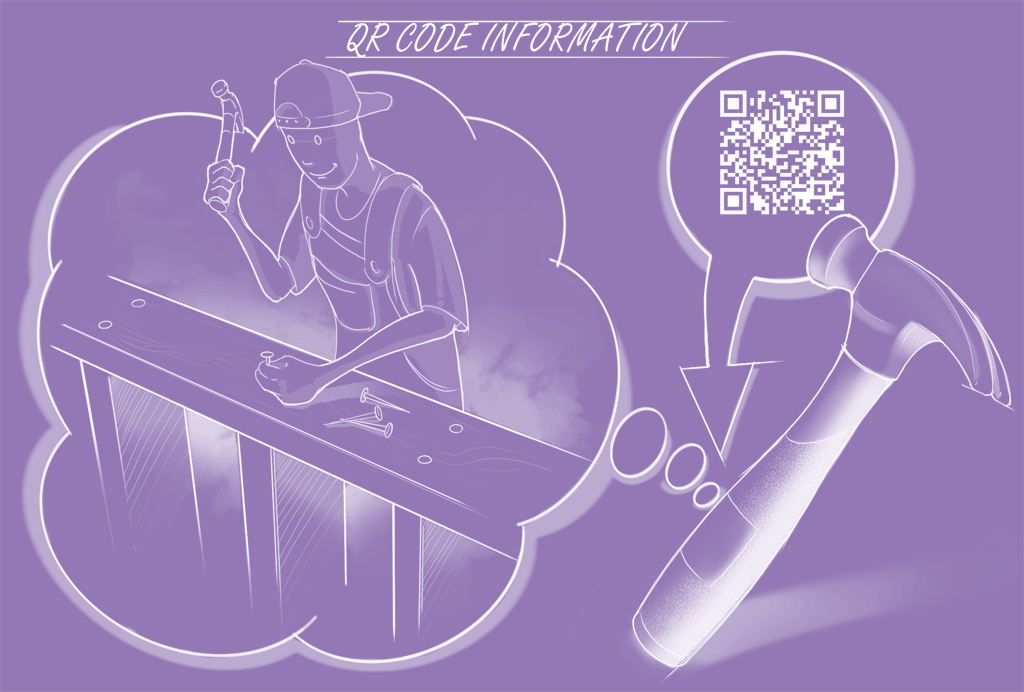The Box
Places
Innovation is a global phenomena, and it continues to be the key driver of organizational success as well as the prosperity of nations. Hover over the map to see some of the many locations featured in the book.
Things
Innovation touches virtually every part of our lives, sometimes in surprising ways. Check out some of the things your find in various chapters of Inside the Box.
 How To Change a Flat Tire
How To Change a Flat Tire
“Imagine you have a flat tire but find that the lug nuts are so rusted that you cannot remove them. No matter how hard you try, they won’t come loose even when you try jumping on the tire wrench! You are too far away from anywhere to get help, your cell phone battery is dead, and it is late at night. Now what? We often use this classic problem to demonstrate the Closed World principle. It states: “When solving a problem or creating a new solution, one should strive to use only those resources that exist in the product or system itself or in its immediate vicinity.” Can you identify what component within and around the car that might help you loosen the lug nuts? If not, read the fascinating story In Chapter 1 about Jacob and his friend, Roni Horowitz (who discovered the Closed World principle) to learn their clever solution.
The Great Sunflower Project
Started in 2008, The Great Sunflower Project enlists over 100,000 participants to count bees for 15 minutes and submit data online. It all happens on the same day each year. Researchers use the data to map areas that bees are doing well and where they need help. Its a classic example of the Task Unification technique. Read Chapter 5 to learn how San Francisco State University Professor Gretchen LeBuhn created the world’s largest citizen science project focused on pollinator conservation. Perhaps you want to join?
 Tales of Things
Tales of Things
If that old hammer your father gave you could talk, can you imagine the many stories it would tell? You might learn some pretty incredible things about past generations of family members and how that hammer was used to build things. Now through Internet technology and the use of QR (quick response ) codes, a group called Tales of Things allows you to attach stories and information to any physical object. As the object is passed on to others, they can add their stories. The object becomes an archive for future generations. Read how it works in Chapter 5 and be sure to try scanning the QR code in Figure 5.2. It works!
Optical Illusions
Inside every Albert Einstein is a Marilyn Monroe. Huh? Take a look at Figure 6.3 of the book to see a wonderful example of the Attribute Dependency pattern. Aude Oliva at Massachusetts Institute of Technology created this unique optical illusion by correlating two variables the focus of your eye and the image that you see. The key to creating with Attribute Dependency is to imagine one variable changing as the other variable changes. The are many examples of these clever correlations in the products and services around you.
The Evolution of Photography
Pick up a camera and see how many innovations you can find in it. That shouldn’t be hard. There are lots
of them. The camera, like all inventions, started with a core idea. From there, it continued to evolve and improve through time. It might surprise you that a single innovation pattern, Multiplication, formed the premise of all photography. The cameras you use today evolved from multiplication. The entire photography industry continues to benefit thanks to this powerful pattern. Learn how in Chapter 4.
 Anatomy of a Skyscraper
Anatomy of a Skyscraper
Afraid of heights? Don’t be. The modern skyscraper has evolved to become a thing of beauty and a tower of strength. Clever innovators such as architect Bruce Graham have used engineering science and the power of creativity patterns to envision new designs such as the 160floor Burj Khalfia in Dubai. Read Chapter 4 to learn how Graham took a simple pack of cigarettes to create one of the most iconic skyscrapers in history, The Sears Tower in Chicago (now called the Willis Tower).
The Chilean Mine Rescue
Rescuing trapped miners hundreds of feet below the earth is very tricky business. While mining accidents happen all over the world, perhaps the most famous occurred in 2010 when thirty three Chilean miners were trapped alive 2300 feet underground for weeks on end. They were rescued with a highly innovative tube called the Phoenix capsule. Learn how its original inventor created it in 1955 by thinking ‘inside the box’ with the Subtraction pattern. Its all there in Chapter 2.
 Creating the Perfect Song
Creating the Perfect Song
Les Paul, the famous musician and inventor of the electric guitar, used one of the three versions of the Division technique to create multi track recording. It allows musicians to create that perfect version of their hit song. Find out which version he used to invent a concept that would change the music recording industry forever. Its all in Chapter 3.
The Secret to Solving Contradictions
Contradictions are an everyday part of our lives. What is a contradiction? Think of it as a combination of statements, ideas, or features of a situation that are opposed to one another. For example, we want to earn more money, but we don’t want to work as hard. THAT is contradiction worth solving. Learn how to address these tricky situations by using all five creativity techniques inside the box. After reading Chapter 7, you’ll learn to love them!

